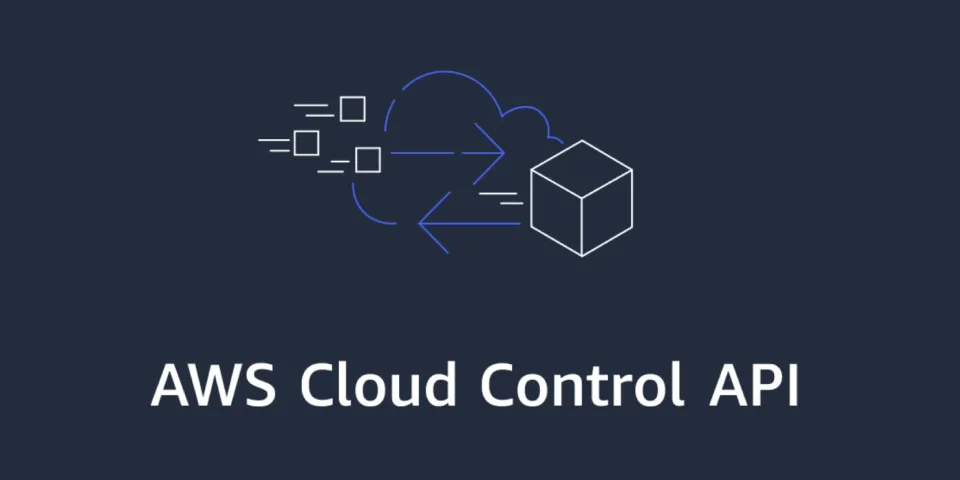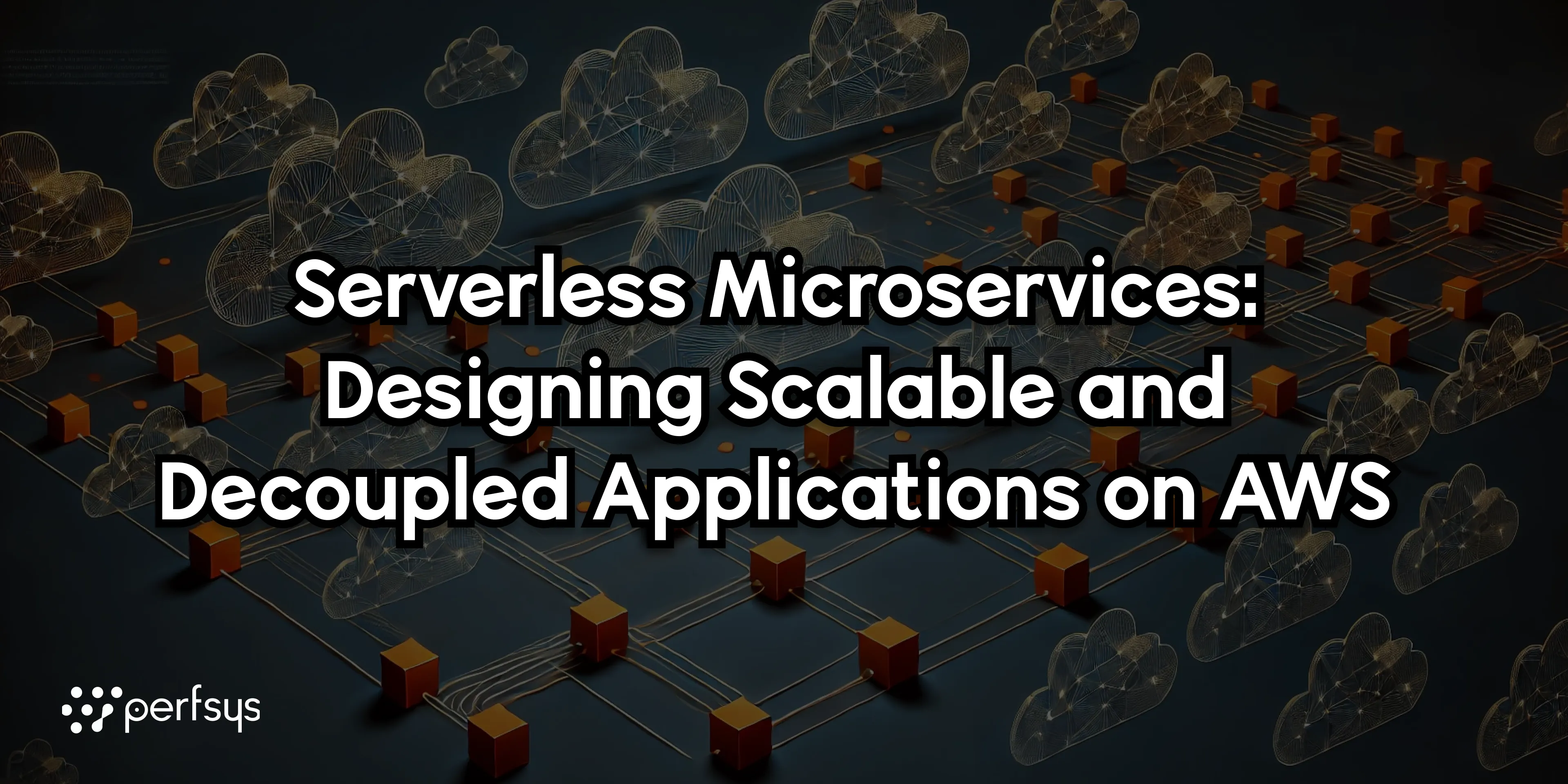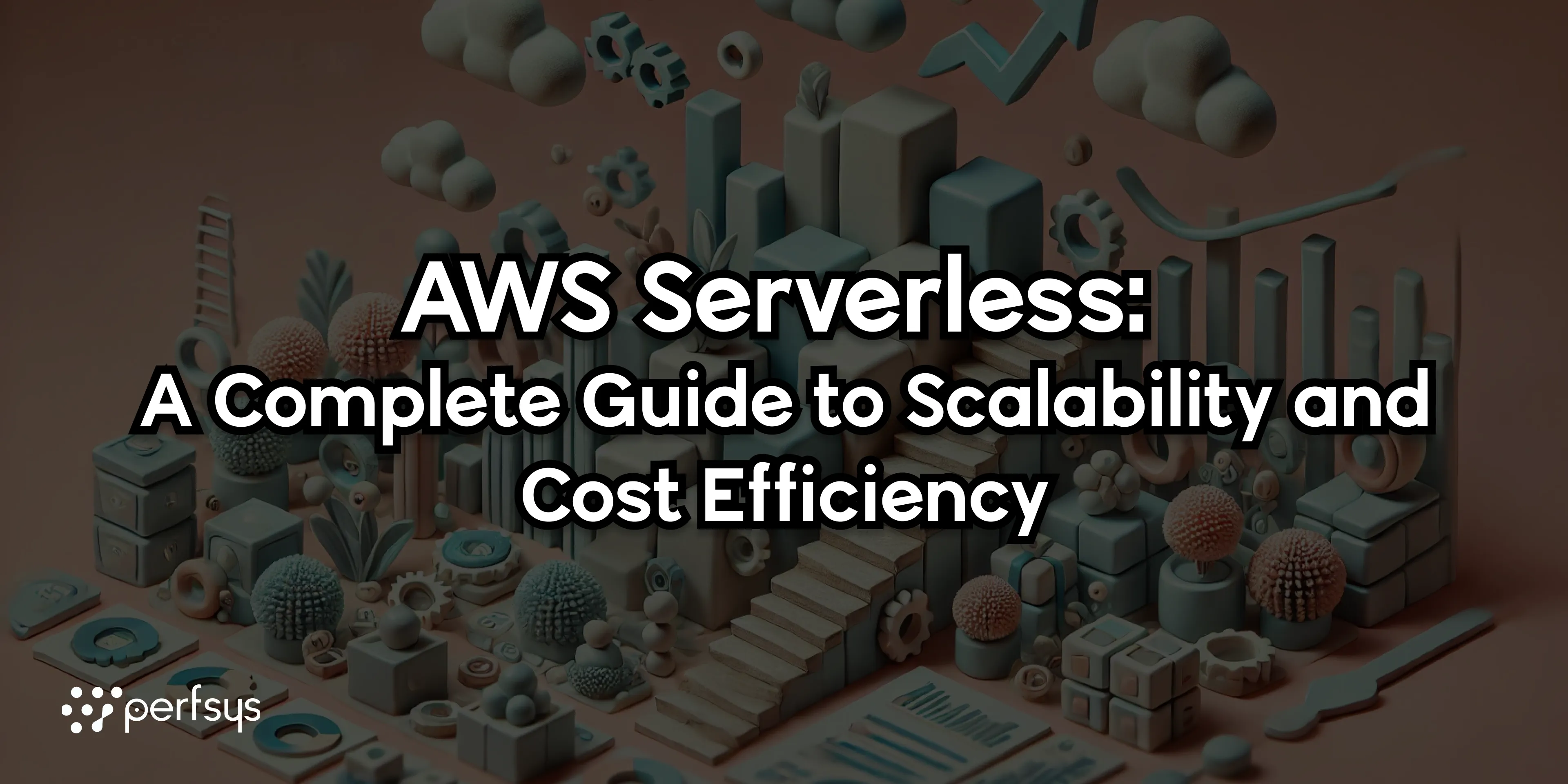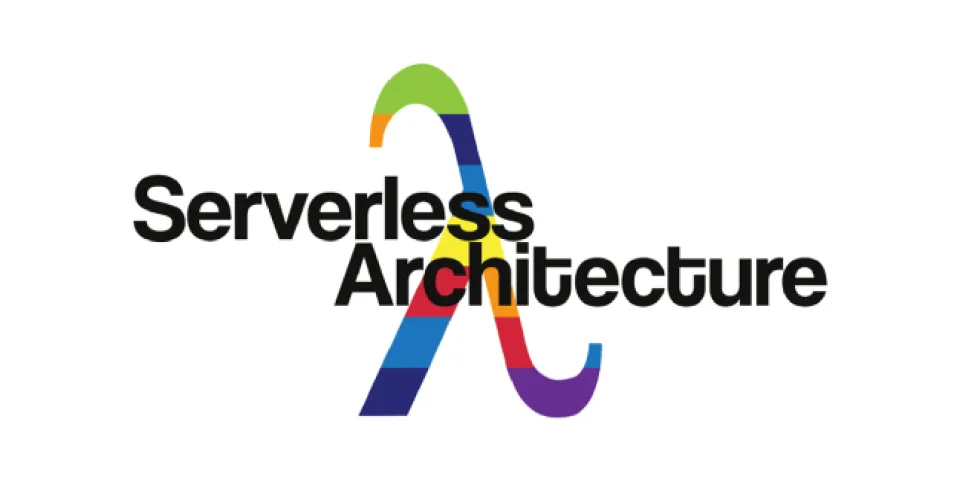Cloud Hosting in 2025: How AWS Will Shape the Future
Contents
- A Quick Tour of the 2025 AWS Ecosystem
- Familiar AWS Services, New Capabilities
- Decoding AWS Pricing Models
- Hosting on AWS: Picking the Right Cloud-Hosting Solution
- Security: Your Responsibilities in the Shared-Responsibility Model
- Beyond Hosting: Advanced Cloud-Architecture
- Conclusion

A Quick Tour of the 2025 AWS Ecosystem
Cloud hosting in 2025 keeps evolving, and Amazon Web Services (AWS) is positioned to remain the world’s most influential cloud provider. AWS continues to refine its core strengths – elastic scalability, pay-as-you-go pricing, and an extensive catalog of managed services – appealing to both emerging start-ups and established global enterprises.
Now AWS portfolio resembles a carefully curated menu: compute, object storage, analytics, AI/ML, DevOps tooling, and edge networking integrate seamlessly. Two overarching themes define this evolution:
- Automation at Every Layer – Features such as auto-patching and policy-driven infrastructure reduce operational overhead, allowing teams to focus on higher-value initiatives.
- AI-Driven Operations – Services like CloudWatch and Systems Manager already provide recommendations, but upcoming releases will use large-language models to identify misconfigurations and security anomalies well before they escalate.
Familiar AWS Services, New Capabilities
| Cornerstone Service | New in 2025 | Business Impact |
|---|---|---|
| Amazon EC2 | Additional instance families, including quantum-ready simulators and ultra-high-memory types | Precise workload alignment, lower latency, reduced total cost |
| Amazon S3 | Enhanced Intelligent Tiering with automated archiving of rarely accessed objects | Lower storage spend, simplified lifecycle management |
| Amazon RDS & Aurora | Built-in vector indexes for generative-AI use cases; Serverless v2 generally available | Scalable database performance without over-provisioning |
| Amazon SageMaker | One-click foundation-model fine-tuning and managed inference endpoints | Accelerated ML adoption for teams with limited data-science resources |
Decoding AWS Pricing Models
A lot of Perfsys clients used AWS services just as a hosting provider. Whether it is a single web app, static website, or enterprise app, AWS cloud hosting provides low-cost ways to deliver their content and web applications. Depending on tasks, hosting instruments may vary from Amazon Lightsail to AWS Amplify Console and Amazon Simple Storage Service (Amazon S3). But the best solution for an enterprise production would be an Amazon Elastic Cloud Computing (Amazon EC2).
Effective cost management begins with understanding AWS’s three principal purchasing options:
- On-Demand Instances – Pay-by-the-second flexibility for proofs of concept and short-term workloads.
- Reserved Instances & Savings Plans – Up to ~72 % discounts in exchange for one- or three-year commitments.
- Spot Instances – Deeply discounted capacity suitable for interruption-tolerant tasks such as CI/CD pipelines or media rendering.
Pro tip: Tag every resource. When used with AWS Cost Explorer, consistent tagging clarifies ownership, highlights under-utilized assets, and supports accurate charge-back models.
When it comes to choosing a migration partner, vendor directories such as TopDevelopers.co publish AWS migration specialists with client reviews and case studies, so you can compare experience levels before committing to a services contract.
Hosting on AWS: Picking the Right Cloud-Hosting Solution
| Approach | When to Adopt | Key Considerations |
|---|---|---|
| Serverless (Lambda, API Gateway, DynamoDB) | Unpredictable traffic, micro-services, rapid prototypes | Cold-start latency; per-request cost at scale |
| Container-Based (ECS, EKS, Fargate) | Portable workloads, lift-and-shift migrations, hybrid Kubernetes | Autoscaling policy tuning; cluster management |
| Virtual Machines (EC2 + Elastic Load Balancer) | Steady workloads, custom kernels, strict compliance | Potential idle capacity; manual patching |
Most organizations combine these models – for example, Lambda for event-driven glue code, containers for core services, and a minimal EC2 footprint for legacy components.
A detailed walkthrough of hybrid patterns is available on Virtualization Review.
Security: Your Responsibilities in the Shared-Responsibility Model
- Principle of Least Privilege – Replace broad IAM roles with granular policies and short-lived session tokens.
- Multi-Factor Authentication – Enforce MFA for every IAM user and SSO account.
- End-to-End Encryption – Enable TLS 1.3 in transit; use AWS KMS or Secrets Manager for data at rest.
- Real-Time Threat Mitigation – Combine AWS Shield Advanced with managed WAF rules; route GuardDuty findings to your SIEM.
- Continuous Compliance – Schedule Inspector or third-party CSPM scans weekly, not ad hoc.
(See AWS’s official guidance on the Shared Responsibility Model.)
Beyond Hosting: Advanced Cloud-Architecture
Artificial Intelligence and Machine Learning
Services such as Amazon Bedrock and SageMaker JumpStart now provide domain-specific foundation models for healthcare, finance, and retail, dramatically lowering the barrier to production-grade AI. Integrating a managed Redis cluster can further reduce inference latency.
Multi-Cloud Strategies
To mitigate vendor lock-in and strengthen resilience, many enterprises run primary workloads on AWS while replicating data to Azure Blob or Google Cloud Storage. AWS Cloud WAN and modern service-mesh gateways streamline cross-provider networking and compliance.
Conclusion
In 2025 the central question is no longer whether to adopt the cloud, but how to employ it strategically. By mastering AWS’s pricing levers, selecting the right hosting patterns, and reinforcing automation and security, organizations can convert cloud infrastructure from a cost centre into a genuine competitive advantage.
Do you know which level your business is currently situated? Feel free to contact me or drop an email and discover your opportunities in AWS Cloud Solutions.
Cut AWS costs without compromising quality
Up to 40% savings with serverless solutions, audits, and Well-Architected Reviews.






